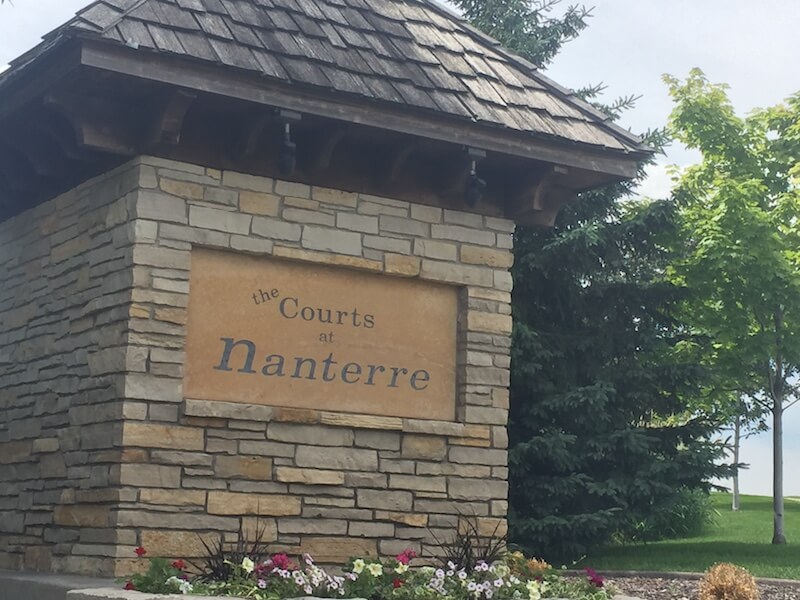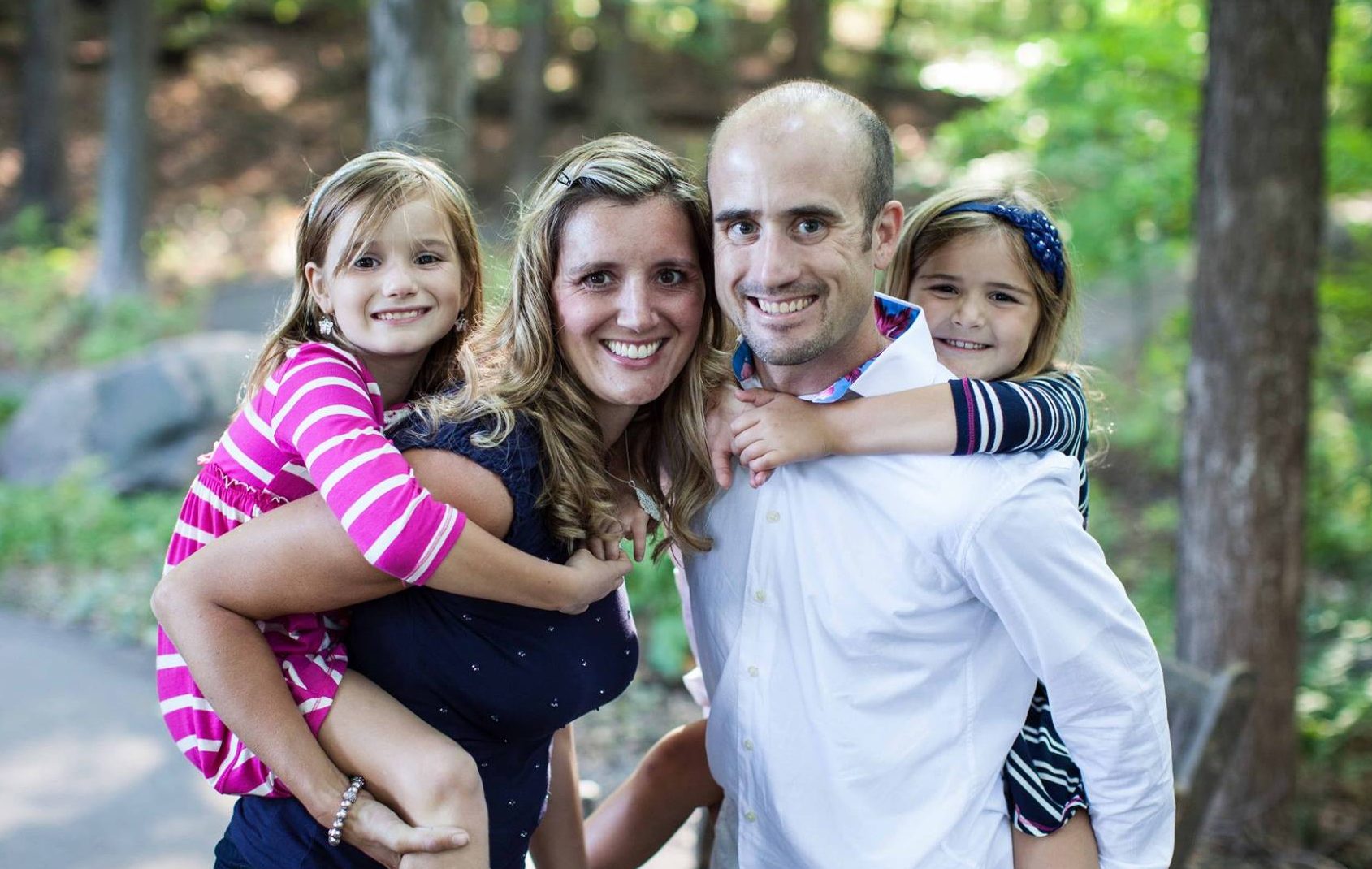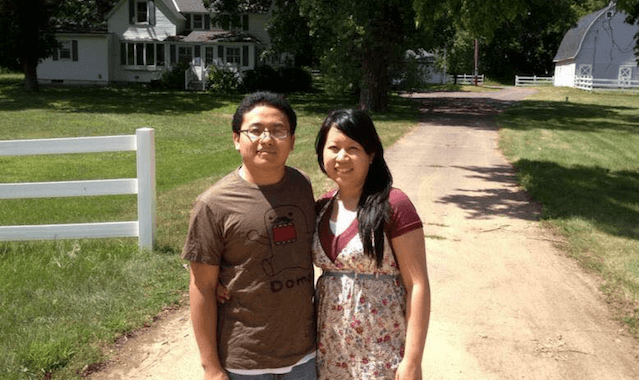Posted by Realtor David Olson 952.314.9446
Southwest: Community Life
The Southwest community is home to a unique and diverse lifestyle. Located in the southwest corner of the city of Minneapolis, the Southwest community is home to nearly 50,000 residents. Within the community are nine distinct neighborhoods, each of which contribute to the overall Southwest community. The following article will provide a brief overview of each of the neighborhoods, the amenities that they offer, and how they contribute to the overall lifestyle found in Southwest.
Located in the Southwest community, the Armatage neighborhood is bordered on the north by 54th Street West, on the east by Logan Avenue South, and on the south and west by Highway 62 and Xerxes Avenue South. The neighborhood’s development flourished around the local school which derived its name from Maude Armatage, an illustrious community organizer. The neighborhood contains around 5,000 residents.
Armatage is mainly a residential neighborhood. The neighborhood is conveniently located near downtown Minneapolis, the lakes, the airport, Mall of America and numerous great, local shops, allowing for ample employment and entertainment options. Penn Avenue is home to the majority of the commercial action, with numerous exceptional shops selling everything from yarn to hardware. Café Maude is also located along Penn Avenue and is a popular gathering spot where neighbors and visitors get together. Armatage Park possesses beautiful and mature trees, tennis courts, ball fields and other recreational areas. Most of housing in the neighborhood was built between 1949 and 1969, while a small amount of the dwellings were built before World War II. Most homes are ramblers or story and a half in style.
Voted as both one of the best neighborhood restaurants in Minneapolis and best live music, the aforementioned Café Maude is a wonderful neighborhood hangout destination. It is the perfect place to relax, enjoy some coffee or food, and share in fellowship with the locals. The café attracts many patrons on a daily basis, and those who have visited can understand why. With its great coffee, delicious foods, and extensive wine offerings, Café Maude is sure to please.
The East Harriet neighborhood is positioned in Minneapolis’ Southwest community. It derives its name from Lake Harriet, which Fort Snelling constructor Col. Henry Leavenworth named after his own wife. The neighborhood is bounded by 36th Street on the north and 46 th Street to the south. Lyndale Avenue is the eastern border and Lake Harriet and Lakewood Cemetery combine to form the western border.
Colonel William S. King heavily influenced the culture and atmosphere of East Harriet. His summer estate, Lyndale Farmstead, was located on land now labeled as a park bearing the exact same name. King was also a contributor in setting aside the parkland that encompasses Lake Harriet. The neighborhood of around 4,000 residents puts on several events during the year such as kite flying and an annual block party, both of which contribute to the unity and bond that the locals enjoy.
One of the only restaurants in the neighborhood, Piccolo’s cooking is attentive on quality over quantity, placing what is seasonal and original ahead of what is routine and familiar. They believe in changing the menu regularly, buying locally and seasonally whenever possible, and putting a substantial extent of time and dedication into each stunningly created plate. The menu is designed to allow guests a chance to create a distinctive dining experience with each visit, combining risk with reward. This is one of the most exciting dining areas around. Another popular dining location is Our Kitchen. Located in the northern end of the East Harriet neighborhood, Our Kitchen specializes in classic Americana breakfasts. With omelettes, pancakes, breakfast meats in the morning, and burgers, sandwiches, and soups for lunch, visitors can count on a delicious meal.
Fulton is one of the most popular neighborhoods in Minneapolis because it offers its 6,000 residents many unique features. It has delightful, well-maintained homes at a variety of price ranges, enormous shopping areas at 50th and France nearby Southdale area, lovely outdoor recreation for any age at Lake Harriet and Pershing Park, the best schools, and a convenient commute by car or bus to Downtown Minneapolis and other business districts. Much of the homes in Fulton comprise of single family homes. The most typical architectural types are Craftsman, Bungalow, and Foursquare.
There are several popular eateries located within the Fulton neighborhood. Fig & Fiddle is the neighborhood’s favorite pub at 50th and France. They have the finest drinks collection in the area, an enjoyable and frequently updated wine menu, and a full assortment of spirits served by friendly and professional staff in a cozy and approachable environment. The menu showcases recognizable pub favorites and items that combine well with the drinks that are available. It’s the kind of place where patrons and locals want to go on their days off, meet up with friends, have a drink, and share a laugh. Located in the neighborhood, Broders’ Pasta Bar has taken the art of making fresh pasta further than anyone. They take pride in their ability to be as unique as possible. All of the 20 or so pasta dishes and risotto on the menu are cooked to order and served to please. Patrons at the bar get the best view of the pasta chefs cooking their dish, which is always carefully prepared. Broders’ is also known for its Italian market with imported goods, and fresh, Italian-style pizzas.
The Kenny neighborhood is located in southwest Minneapolis. Highway 62, 54th Street, Lyndale Avenue border the neighborhood on the east, and Logan Avenue South on the west. The neighborhood, its park and its elementary school all derived their shared name for Sister Elizabeth Kenny, an Australian nurse who established the Kenny practice of treating polio. The neighborhood hosts Grass Lake on its south end. Homes in the neighborhood were typically built in the 1940’s and are usually bigger than the houses in neighboring areas such as Armatage and Windom. The neighborhood has a balanced mix of long-lasting and newer residents.
The Kenny neighborhood is mainly residential and is known for being low on crime, vibrant, and having a population of approximately 3,500 residents living in 1,600 homes. The neighborhood is within walking distance of elementary and middle schools, a park and recreation center, a drug store, library, yoga center, fitness center, coffee house, Volvo dealership, hardware store, grocery store, liquor store, auto mechanics, bank, veterinarian, and a few restaurants. Kenny has superb transportation service to downtown, offering easy commutes to work. The Kenny neighborhood mainly contains bungalows and two-story homes with brick, stucco and metal siding exteriors.
Although the Kenny neighborhood does not offer much in the way of commercial amenities, many shops, dining, and entertainment areas can be found nearby. This neighborhood is almost entirely residential, and a large portion is taken up by the lake. This allows for the community to be peaceful and quiet.
The King Field neighborhood is predominantly a residential area of single-family houses with some multiple family dwellings and apartment buildings, all of which along the neighborhood’s tree-lined streets. The King Field neighborhood has a reputation as a neighborhood where the 8,000 residents or so are willing to volunteer to generate and uphold an energetic, compassionate and safe place for those who live and work here, especially if they are new. The neighborhood puts on a summer Farmer’s Market and an annual art show. King Field is well served by bike lanes, transit options, and has easy passageways to downtown and the rest of the suburbs through I-35W. The majorities of the houses in the neighborhood were built before 1920 and include Bungalows, Prairie-style, Arts and Crafts and other period-revival styles.
Victor’s 1959 Café is a little taste of Cuba in the city Minneapolis. They attract patrons to Cuban culture with a distinctive dining experience presenting traditional and authentic Cuban recipes, learned from an actual Cuban, all in a cheerful, welcoming, family-oriented atmosphere. Great food, music, drinks, and company all exist in a clean and original space with decorations influenced by Cuban culture. Victor’s is a restaurant where you can explore with friends and family, eat some delicious food, experience another culture, and keep coming back for more. Corner Table is a restaurant that derives all its ideas from the fields, farms, pastures, and seasons that exist in Minnesota. That foundation of creativeness directs their inventiveness and entire menu, which is fashioned from foods obtained locally and in season from responsible and local family farms. Don’t be shy, and give this unique place a try.
Linden Hills is located in the Southwest community of Minneapolis. It’s bordered on the north by 36th Street West and Lake Calhoun, on the east by William Berry Drive and Lake Harriet, on the south by 47th Street West, and on the west by France Avenue. Linden Hills is one of the most unique neighborhoods in not only the community, but also the entire city. The neighborhood received its name from the main housing developer for its linden trees and rolling terrain and was established initially in the 1880’s as a way to tempt homebuyers to leave downtown for cottages on Lake Calhoun and Lake Harriet. Large bungalows and Tudors have replaced most of the original cottages. The Lake Harriet-Como Trolley line travels through the neighborhood. Constructed in the 1800’s, it connects to downtown Minneapolis. This lovely and distinct neighborhood hosts around 8,500 residents.
There are many events that take place within the community throughout the year. Live music at the Lake Harriet Bandshell begins Memorial Day weekend, until Labor Day, with concerts every night. The city has a very communal feel. Residents can wander through the Farmer’s Market, seeing friends and community members, merchants and folks they know from the coffee shops, and Sunday morning walks, while they enjoy the day with each other. The Movies in the Park series runs June through August at the Lake Harriet Bandshell. Movies begin 15 minutes after sunset and are a community favorite. There is also a block party during the first Sunday in October where locals enjoy food, dancing, and games.
As mentioned before, Linden Hills is a very unique neighborhood. One example of its character is its local bookstore the Wild Rumpus. One would think this is a normal bookstore, but as soon as you walk in you’re greeted by free ranging birds, cats, and dogs. Other animals can be found inside too, like lizards and rodents. These animals bring excitement and interest to the bookstore, as visitors love to interact with them. Another favorite local business is Sebastian Joe’s located just a few blocks away from Wild Rumpus. Sebastian Joe’s is a popular treat to experience during a summer afternoon. Known for their premium ice creams made in-house in small batches, Sebastian Joe’s delights visitors with its fun flavors and great taste. Additionally, another spot to grab a treat is at the Great Harvest Bread Company, where you can pick up some delicious baked goods and grab a free sample. A final business in the middle of the neighborhood is the local toy store called Creative Kidstuff. This store carries the most unique toys that are difficult to find anywhere else, and it is the ideal place to entertain younger children.
Lynnhurst provides the best of city living for residents and visitors equally. The beautiful, natural setting on the southeast portion of Lake Harriet offers many recreational options. The neighborhood’s tree-lined streets feature attractive homes in diverse styles. Lynnhurst is also home to a wide collection of unique businesses, including restaurants, coffee shops, and retail stores. Lynnhurst contains mainly single-family homes, mostly in the arts and crafts as well as prairie styles. Colonial, tudor and romantic revival houses are common as well.
For those seeking coffee and espresso from a business that practices fair trade and sustainably grown coffee and tea practices, one need to look no further than Sparrow Cafe. In addition to coffees and teas, Sparrow Cafe serves unique espresso drinks and a wide assortment of gourmet pastries. The Café is ideal for morning cravings, as getting a coffee while walking the dog, or grabbing a cup while rushing to work is a common practice for many locals. George and the Dragon is another popular dining location. Based on a traditional English pub, George and the Dragon serves great food and drink in addition to being a community meeting place. The food is produced with local and organic ingredients and offered in large portions. A great destination for a family dinner or a drink with the friends, George and the Dragon is an important location within the neighborhood.
The Tangletown neighborhood, located in the Southwest community of Minneapolis, is bordered on the north by 46th Street, on the east by Interstate 35W, on the south by 54th Street and Diamond Lake Road, and on the west by Lyndale Avenue South. Minnehaha Creek travels through the southern portion of the neighborhood. The name Tangletown indicates the style of the street layout, which does not follow a traditional pattern. Until it was renamed in 1996 the neighborhood’s initial name was Fuller, after its local elementary school named in honor of Margaret Fuller. She was an American feminist, poet, essayist, journalist and educator during the second half of the 17th century. The school was razed and the land rehabilitated into Fuller Park in 1977. This small park is the heart of community life, provides many activities, and showcases a flower garden.
Tangletown is predominantly a residential neighborhood but is also host to several neighborhood businesses including restaurants, gift shops, and convenience stores. The neighborhood is walkable and the crime rate is low. The 4,500 residents enjoy events like Earth Day and the 4th of July in Fuller Park. Transportation options are readily available and the downtown metro area is just a few minutes away. While many homes in Tangletown were built between 1910-1920, there are also Victorian homes that date back from the 1880s.
One of the most popular restaurants in the neighborhood is the Wise Acre Eatery. A unique restaurant, Wise Acre takes pride in the fact that most of their food comes directly from their own local farm. They raise all of their animals in a free-range, hormone-free environment, meaning that food is fresher, healthier, and all the more satisfying. Another popular restaurant in the neighborhood is one that offers a culinary combination of Latin American flavors. Inspired by the owner’s trips through Latin America, they have masterfully mixed unique and traditional foods with classic French technique and presentation. The end result is Café Ena, which is an upscale and delightful dining location. Their ambition is to bring this Latin Fusion to the local neighborhood in a sincere, amiable, and friendly environment. They are proud of their creations and their food is sure to please daily patrons. A final example of the unique restaurants found in the Tangletown neighborhood is Prima. Prima is a rustic, Italian restaurant that features made-in-house Italian dishes from locally-sourced ingredients. In fact, many of the ingredients used within the restaurant are from the restaurant owners’ private farm. With an intimate, cozy dining area and fresh, delicious Italian foods, Prima is a great location for a meal with a loved one.
The Windom neighborhood borders Richfield, and contains about 4,000 residents. The neighborhood has perhaps the most coveted access to the downtown area and the surrounding suburbs, as well as to the Minneapolis St. Paul International Airport. There are diverse shopping options in the neighborhood, with locally owned businesses along Lyndale and Penn Avenues. The neighborhood also possesses superb access to recreational areas like the Minnehaha Creek Parkway and the Chain of Lakes in Minneapolis.
Windom provides an extensive array of housing options. Most options are constructed as single-family homes and duplexes, however nearly half of the housing in the neighborhood are multi-family units. The single-family homes and duplexes are patterned in a traditional grid with tree-lined streets. Most homes were built before 1940 as Minneapolis was spreading further south with the streetcar system.
Located in Windom, The Museum of Russian Art (TMORA), is a member-supported, nonprofit society devoted to the protection and exhibition of all forms of Russian art and artifacts. The only North American museum of its proportion, TMORA showcases a vibrant variation of authentic curated exhibitions featuring astonishing works of art rarely found in the United States. Through the Museum’s educational programs and distinct demonstrations, visitors can explore new outlooks on the history, legacy, and art of Russian culture.
Although the neighborhood does not offer much in the way of commercial amenities, many shops, dining, and entertainment areas can be found nearby. Windom’s access to the downtown area and the surrounding suburbs opens up a world of possibilities for residents.
While by no means a comprehensive analysis of all that each neighborhood has to offer, this article provides the basis for understanding what makes Southwest unique. For more information regarding the individual neighborhoods found within the Southwest community, please refer to our supporting articles.
© Copyright 2015, www.TwinCitiesPropertyFinder.com. All Rights Reserved.
Southwest: A Brief Overview
University: A Brief History
Related City Articles





















